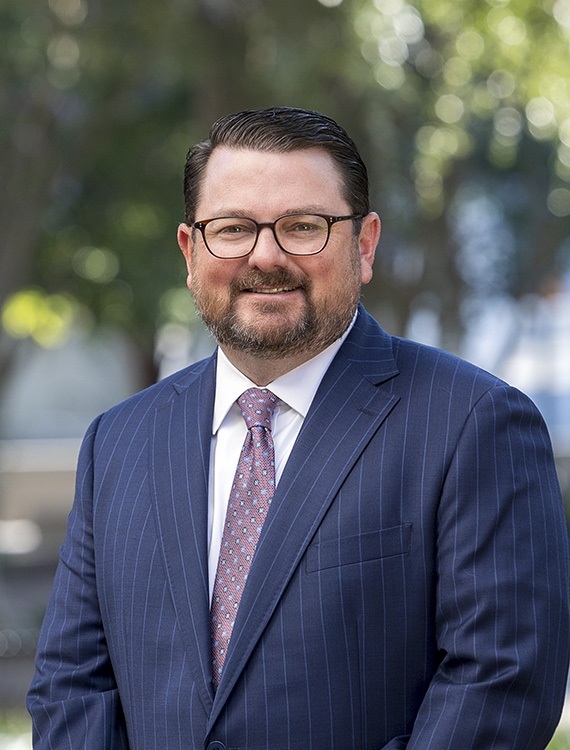Hurricanes Take Toll on FHCF Capacity

The Florida Hurricane Catastrophe Fund (FHCF) recently projected a potential shortfall in its claims-paying capacity for the first time in many years. By statute, the FHCF provides up to $17 billion in reimbursement capacity to residential property insurers each year. However, that obligation is limited to the amount the FHCF actually can pay, if less than $17 billion. In recent years, the FHCF has projected that the combination of its cash on hand, pre-event notes and post-event bonding would exceed its intended $17 billion commitment to insurers. The FHCF’s most recent projection released in May 2023 suggests this might no longer be the case.
The FHCF projects its ultimate losses from Hurricane Ian will be $10 billion. It also expects Hurricane Irma losses will reach $7.8 billion and Hurricane Michael losses will total $1.45 billion. After making provision for these losses, the FHCF expects that it will have only $3.7 billion in cash on hand for losses arising during the 2023-24 contract year. The FHCF also has $3.5 billion in pre-event note proceeds, bringing its liquid claims-paying resources to $7.2 billion. This would leave the FHCF $9.8 billion short of its $17 billion goal. Its advisors then estimate that the FHCF could issue up to $8.6 billion in post-event bonds within 12 months of an event, reducing the shortfall to $1.2 billion.
The FHCF’s projected shortfall adds a potential risk to the Florida property insurance market. However, the estimate based on the FHCF’s 12-month binding capacity might be conservative when taking into account the likely circumstances following one or more potential hurricanes in 2023. Hurricane losses tend to develop over time and therefore might not require the FHCF maximize its bonding within the first 12 months. The FHCF’s advisors estimate it could issue an additional $7.8 billion in bonds 12-24 months after an event, which could allow the FHCF to reach its $17 billion in single-season capacity.
Even so, one of the key benefits of the FHCF for the Florida market is that it provides not just single-season capacity but also that it provides protection in subsequent seasons. The FHCF’s projection that its claims-paying capacity has been significantly reduced by recent hurricanes signals that the Florida market faces increased risk of a FHCF shortfall whether in an initial season or a subsequent season. This risk enters the Florida regulatory picture as the market continues to search for stability while recent legislative reforms take effect. This risk will continue through 2023 and might be compounded in 2024 as the RAP program no longer exists and the FHCF retention continues to rise much faster than insurers are earning surplus.












